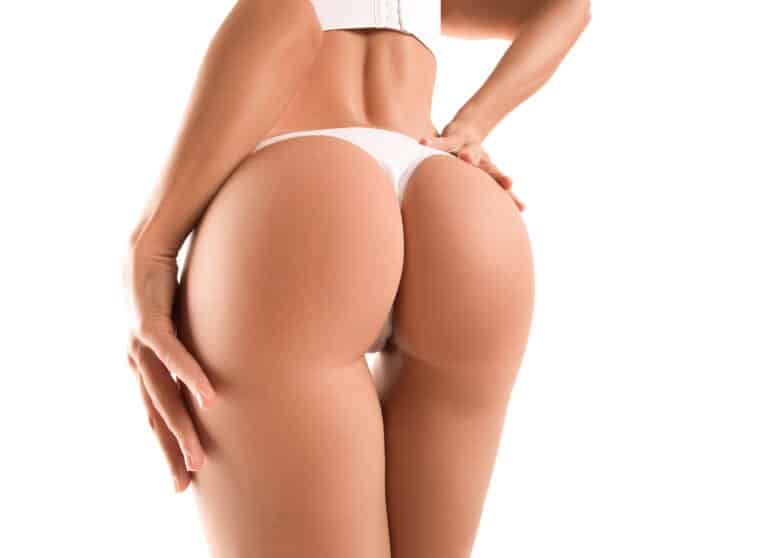Unlock the Secrets of the Vampire Facelift: Is It Worth It
Overview of the Vampire Facelift (VFL)
Definition of VFL
The Vampire Facelift (VFL) is a cosmetic procedure that combines the use of dermal fillers and platelet-rich plasma (PRP) to reduce signs of aging. It is often referred to as a “liquid facelift” because it uses injectables rather than surgery to achieve a youthful, rejuvenated look. The procedure involves extracting a small amount of blood from the patient, separating out the platelets, and then injecting them back into targeted areas on the face. The PRP stimulates new collagen growth and helps to plump up skin for a more youthful appearance.
History of VFL
The Vampire Facelift was first developed in 2010 by Charles Runels, M.D., who coined the term “Vampire Facelift” due to its use of PRP derived from the patient’s own blood. Since then, it has become increasingly popular among patients looking for an alternative to traditional facelifts.
Popularity of VFL
The vampire facelift has become one of the most popular non-surgical facial treatments in recent years. This is likely due to its minimally invasive nature and ability to produce natural-looking results without any downtime or scarring. Additionally, many people prefer this treatment because it uses their own body’s resources rather than synthetic materials such as dermal fillers or Botox injections.
Vampire Facelift is a minimally invasive cosmetic procedure that uses PRP and dermal fillers to reduce signs of aging. Popularity due to natural-looking results, no downtime or scarring, and use of patient’s own body resources.
Benefits and Risks of VFL
The Vampire Facelift (VFL) is a popular non-surgical cosmetic procedure that uses platelet-rich plasma (PRP) to rejuvenate the skin. It has become increasingly popular in recent years due to its ability to reduce wrinkles, improve skin tone and texture, and restore volume to the face. While it offers many benefits, there are also some risks associated with the procedure.
Benefits
The primary benefit of VFL is that it can provide long-lasting results with minimal downtime. The procedure involves drawing a small amount of blood from the patient’s arm, which is then processed in a centrifuge to separate out the PRP. This PRP is then injected into targeted areas of the face to stimulate collagen production and give the skin a more youthful appearance. Other benefits include improved skin tone and texture, reduced wrinkles, and restoration of facial volume. Additionally, since no incisions are made during the procedure, there is no risk of scarring or infection.
Risks
Although VFL is generally considered safe when performed by an experienced practitioner, there are some potential risks associated with the procedure. These include temporary swelling, redness, bruising, tenderness at the injection site, and numbness or tingling in certain areas of the face. There is also a risk of an allergic reaction if a patient has an allergy to any of the ingredients used in the PRP solution. Additionally, since PRP injections involve penetrating the skin with needles, there is a risk of infection if proper sterilization techniques are not followed.
Overall, VFL offers many benefits for those looking to reduce wrinkles and restore facial volume without undergoing surgery. However, it is important for patients to be aware of potential risks before deciding whether or not this procedure is right for them.
|
Benefits
|
Risks
|
|
Long-lasting results with minimal downtime
|
Temporary swelling, redness, bruising, tenderness at the injection site, and numbness or tingling in certain areas of the face.
|
|
Improved skin tone and texture, reduced wrinkles, and restoration of facial volume
|
Allergic reaction to ingredients used in PRP solution.
|
|
No risk of scarring or infection
|
Risk of infection if proper sterilization techniques are not followed.
|
The Science Behind VFL
A Vampire Facelift (VFL) is an innovative cosmetic procedure that combines the use of dermal fillers with platelet-rich plasma (PRP). It has become increasingly popular in recent years due to its ability to help reduce wrinkles and rejuvenate the skin. However, it is important to understand the science behind this procedure to make an informed decision about whether or not it is right for you.
What is PRP?
Platelet-rich plasma (PRP) is a concentrated solution of platelets and other growth factors derived from a patient’s own blood. Platelets play an important role in wound healing, tissue regeneration, and collagen production. By injecting PRP into the face, it can stimulate new collagen growth, improve skin texture and tone, and reduce wrinkles.
How Does it Work?
The Vampire Facelift works by combining dermal fillers with PRP injections. During the procedure, a small amount of blood is drawn from the patient’s arm and placed in a centrifuge to separate out the platelets and other growth factors. The PRP solution is then injected into targeted areas on the face. The dermal filler helps to lift and contour the skin while the PRP stimulates collagen production for long-lasting results.
Clinical Trials and Research Studies
Although there are many anecdotal reports of successful vampire facelifts, there have been few clinical trials conducted to evaluate its effectiveness. A 2018 study published in Aesthetic Surgery Journal found that patients who received a combination of hyaluronic acid fillers and PRP injections experienced significant improvements in facial volume, texture, laxity, wrinkles, acne scars, and overall satisfaction with their appearance after six months of treatment. Other studies have also shown promising results but more research needs to be done before any definitive conclusions can be made about this procedure’s efficacy.
Vampire Facelift combines dermal fillers with PRP to reduce wrinkles, improve skin texture and tone, stimulate collagen growth and provide long-lasting results.
Alternatives to VFL
The Vampire Facelift (VFL) has become increasingly popular in recent years, but it is not the only way to achieve a youthful appearance. There are many alternatives that offer similar results without the use of PRP injections or other treatments associated with VFL.
Dermal Fillers
Dermal fillers are one of the most popular alternatives to VFL. They are injectable gels made of hyaluronic acid and other ingredients that are used to add volume and smooth wrinkles and fine lines on the face. Dermal fillers can be used to plump up lips, fill in deep wrinkles, and restore lost facial volume. The effects of dermal fillers usually last for several months before they need to be re-injected.
Traditional Facelifts
Traditional facelifts are another alternative to VFL. This surgical procedure is designed to lift and tighten the skin on the face, reducing sagging skin, wrinkles, and loose jowls. It also involves removing excess fat from the face and neck area, as well as tightening underlying muscles. Traditional facelifts require general anesthesia and involve a longer recovery period than non-surgical procedures like VFL.
Other Cosmetic Procedures
In addition to dermal fillers and traditional facelifts, there are many other cosmetic procedures that can be used instead of VFL. These include laser skin resurfacing, chemical peels, microdermabrasion, Botox injections, brow lifts, eyelid surgery, lip augmentation, chin augmentation, earlobe repair, and more. Each procedure has its own set of benefits and risks that should be discussed with a qualified physician before making a decision about which option is best for you.
|
Procedure
|
Benefits
|
Risks
|
|
Dermal Fillers
|
Adds volume & smooths wrinkles & fine lines; effects last several months before re-injection.
|
Potential side effects such as swelling, redness, pain, itching, and bruising.
|
|
Traditional Facelifts
|
Lifts & tightens skin on face; reduces sagging skin, wrinkles, & loose jowls; removes excess fat from face & neck area.
|
Requires general anesthesia & longer recovery period than non-surgical procedures.
|
|
Laser Skin Resurfacing
|
Removes layers of damaged skin to reveal softer, smoother skin beneath.
|
Can cause redness, swelling, burning sensation or scarring.
|
|
Chemical Peels
|
Improves tone & texture of skin; can reduce appearance of wrinkles, scars, age spots.
|
Can cause irritation or burning sensation; potential for permanent discoloration.
|
Conclusion
The vampire facelift (VFL) is a popular cosmetic procedure that can help to reduce the signs of aging and restore a youthful appearance. The procedure involves using the patient’s own platelet-rich plasma (PRP) to stimulate collagen production and improve skin tone and texture. While there are some risks associated with the procedure, it has been proven to be safe and effective in clinical trials.
For those looking for an alternative to VFL, there are several options available such as dermal fillers, traditional facelifts, and other cosmetic procedures. Ultimately, it is important to discuss all of your options with a qualified medical professional before deciding on a course of action.
In conclusion, the Vampire Facelift is a safe and effective way to reduce the signs of aging while utilizing one’s own PRP. It is important to weigh the potential benefits against any risks before making a decision about whether or not this procedure is right for you. With proper research and consultation with a medical professional, you can make an informed decision that best meets your needs.





